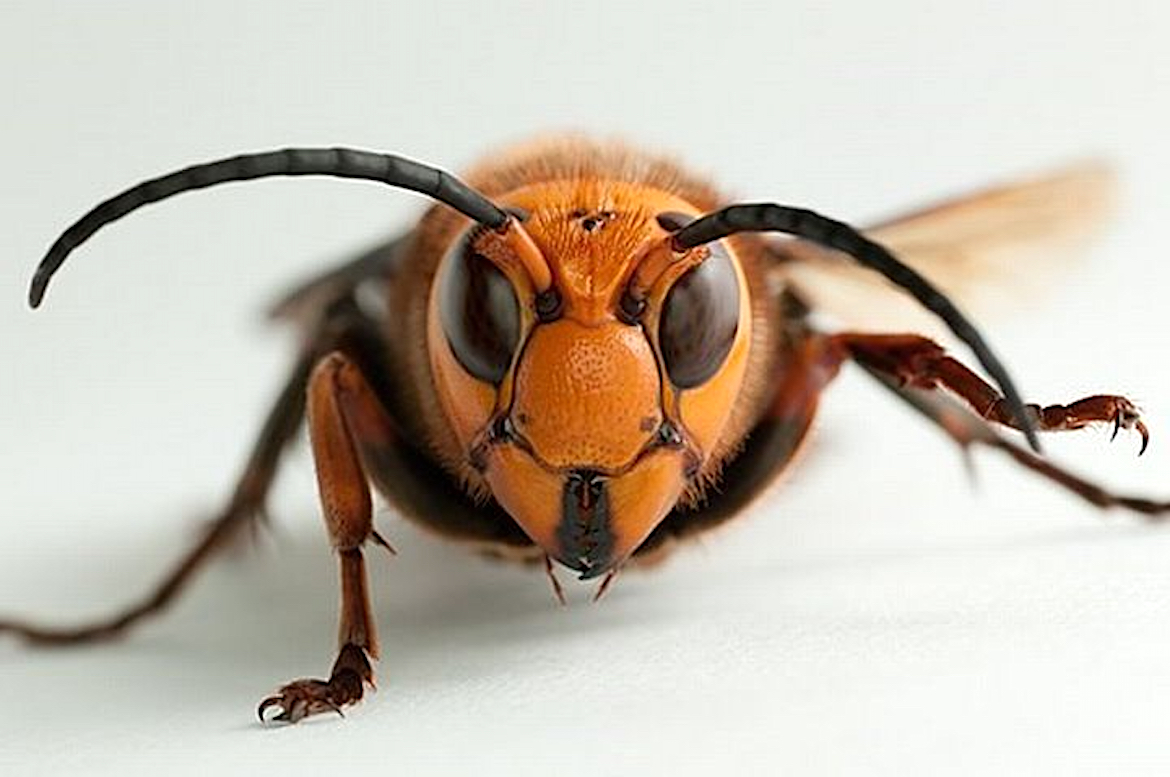
OSU professor sheds light on ‘murder hornets'
Monday, May 11, 2020
Public consciousness and concern surrounding the threat of the invasive Asian giant hornet is on the rise. Oklahoma State University entomology and plant pathology professor Wyatt Hoback sat down to explain and provide perspective. Below is a short Q&A covering frequently asked questions.
What do Americans need to know about this species / what makes their arrival in the U.S. concerning?
The Asian giant hornet is a non-native species with a unique biology. They are large predatory insects. Like all bees and wasps, they will aggressively defend their nests when they perceive a threat. These insects are predators and feed on other insects. Because of their size, they need to capture lots of prey.
The problem for the U.S., Europe, and parts of the world where these hornets are native is that people have introduced European honey bees. The hornets get their common name “murder hornets” from attacking bee hives and killing all the workers so they can take the larvae and resources to feed their own offspring.
Thirty giant hornets can kill 30,000 domestic bees. The other concern is, because of their size, giant hornets have a lot of venom and have been characterized as having among the most-painful stings in the world.
Is there a chance we could prevent them from gaining a stronghold in the U.S. or are they likely here to stay?
When a bee keeper is Washington State discovered a bee hive that had been attacked, officials began an aggressive search. One nest was discovered and destroyed. A single specimen of giant hornet was also discovered in Vancouver Canada which was determined to be from a different nest.
No additional sightings have occurred since 2019 and it appears that for now, the Asian giant hornet is not established in the U.S. We do have other non-native wasps and yellow jackets here.
What effect could they have on bee populations, ecosystems, etc.?
Whenever a species establishes outside of its native range, it often leaves behind the natural checks like disease, predators, and other factors that limit its population. When a species establishes, it can cause big effects to the ecosystem and to the economy that relies in part on the ecosystem.
Have we seen any Oklahoma yet? Are they well-suited to Oklahoma’s climate?
We have not found any of this species in Oklahoma. Because it is native to central Asia, our climate would support it. People should keep an eye out, but also learn to recognize native species that provide really valuable services. Native hornets eat pest insects including caterpillars, although they have similar coloration, native species are much smaller.
This fall, large solitary wasps will emerge. These are cicada killers. Although the name sounds intimidating, they are not aggressive, have a very weak sting, and help to limit the number of cicadas that feed on plant roots while immature.
MEDIA CONTACT: Mack Burke | Editorial Coordinator | 405.744.5540 | mack.burke_iv@okstate.edu
